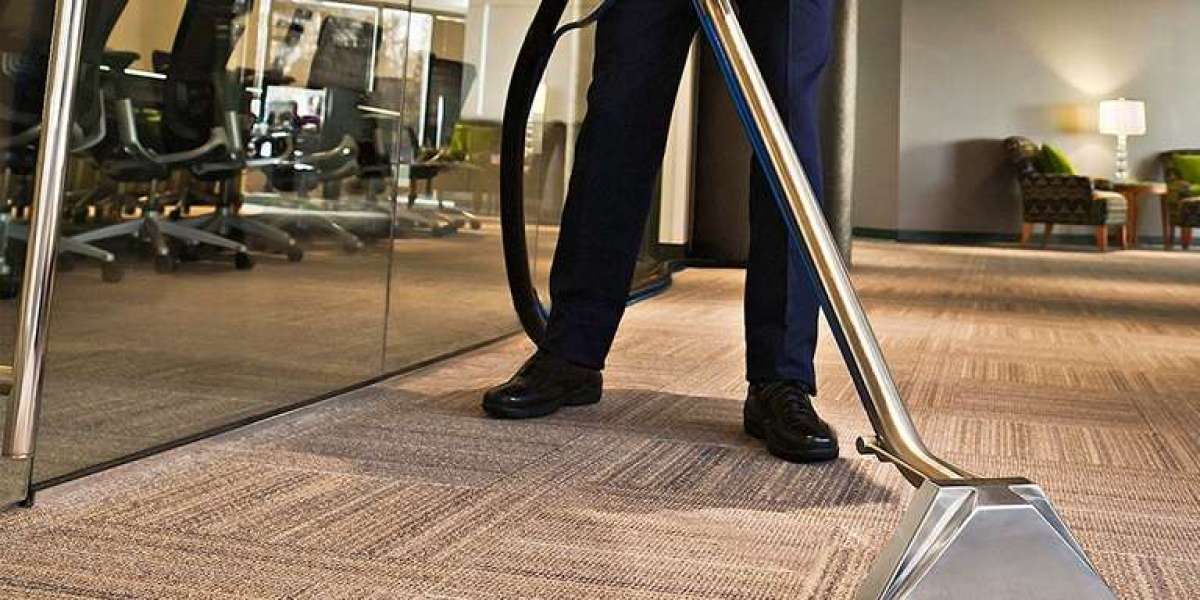Double glazing has long been recognized as a key solution for improving energy efficiency in homes and commercial buildings. Traditionally, double glazing consists of two panes of glass separated by a space filled with air or gas, which acts as an insulator. However, recent advancements in technology and materials have significantly enhanced the performance of double glazing, making it more effective than ever before. This article explores the latest innovations in double glazing, including improved thermal performance, sound insulation, and smart window technology, as well as their implications for energy efficiency and comfort in living and working spaces.
One of the most significant advancements in double glazing is the development of low-emissivity (Low-E) glass. Low-E glass is coated with a thin layer of metallic oxides that reflect heat back into the room while allowing natural light to pass through. This technology helps to maintain a stable indoor temperature, reducing the need for heating in the winter and cooling in the summer. The result is a more comfortable living environment and lower energy bills. Low-E coatings can be tailored to specific climates, making them suitable for a wide range of applications.
In addition to Low-E glass, the use of argon or krypton gas between the panes has become increasingly popular. These gases have a lower thermal conductivity than air, which enhances the insulating properties of double glazing. By reducing heat transfer, these gases help to keep homes warmer in winter and cooler in summer, further improving energy efficiency. The combination of Low-E coatings and gas-filled spaces can result in windows with a U-value (a measure of thermal performance) as low as 0.1 W/m²K, making them highly effective at minimizing heat loss.

Another notable advancement in double glazing technology is the introduction of triple glazing. While double glazing consists of two panes, triple glazing adds a third pane, further enhancing insulation. This is particularly beneficial in extreme climates where energy efficiency is paramount. Triple glazing can provide U-values as low as 0.5 W/m²K, making it an excellent choice for passive house designs and other energy-efficient buildings. Although triple glazing is generally more expensive than double glazing, the long-term savings on energy bills can offset the initial investment.
Sound insulation is another area where double glazing has seen significant improvements. The increasing urbanization and noise pollution in cities have heightened the demand for windows that can effectively reduce external noise. Modern double glazing solutions now include acoustic glass, which is designed specifically to minimize sound transmission. This type of glass often features varying thicknesses between the panes, which disrupts sound waves and reduces noise pollution. Homeowners and businesses can benefit from a quieter indoor environment, enhancing comfort and productivity.
The rise of smart window technology is also transforming the double glazing market. Smart windows can adjust their tint or transparency based on environmental conditions, allowing for better control of heat and light entering a space. This technology can be integrated with home automation systems, enabling users to optimize energy consumption based on real-time data. For instance, during sunny days, smart windows can darken to reduce heat gain, while during cooler periods, they can become clearer to allow maximum sunlight in. This adaptability not only enhances comfort but also contributes to energy savings.
Furthermore, advancements in frame materials have also played a crucial role in improving the performance of double glazing. Traditionally, window frames were made from wood, aluminum, or PVC. However, new composite materials that combine the benefits of different substances are now available. These materials offer enhanced durability, thermal performance, and aesthetic appeal. For example, fiberglass frames provide excellent insulation and are resistant to warping, while still allowing for a sleek design. The choice of frame material can significantly impact the overall performance of double glazing, making it essential for homeowners to consider when upgrading their windows.

Sustainability is another driving force behind recent advancements in double glazing. As awareness of climate change and environmental issues grows, manufacturers are increasingly focused on producing energy-efficient and eco-friendly products. Many companies are now using recycled materials in their window frames and packaging, as well as adopting sustainable manufacturing practices. Additionally, some double glazing solutions are designed to be fully recyclable at the end of their life cycle, further reducing their environmental impact.
The impact of these advancements in double glazing extends beyond individual buildings. As more homeowners and businesses invest in energy-efficient windows, the cumulative effect can lead to significant reductions in energy consumption and greenhouse gas emissions. In fact, the installation of high-performance double glazing can contribute to national energy-saving targets and help mitigate climate change. Governments and organizations are recognizing the importance of promoting energy-efficient building practices, and many offer incentives for upgrading to modern double glazing solutions.
In conclusion, the advancements in double glazing technology have revolutionized the way we think about energy efficiency and comfort in our living and working spaces. From Low-E coatings and gas-filled spaces to smart window technology and sustainable materials, modern double glazing solutions offer unparalleled performance and benefits. As we continue to face challenges related to energy consumption and environmental sustainability, investing in high-quality double glazing is not just a smart choice for homeowners; it's a crucial step towards a more energy-efficient and comfortable future. Whether you are building a new home or upgrading existing windows, the latest advancements in double glazing provide a wealth of options to enhance your living experience while contributing to a more sustainable world.






